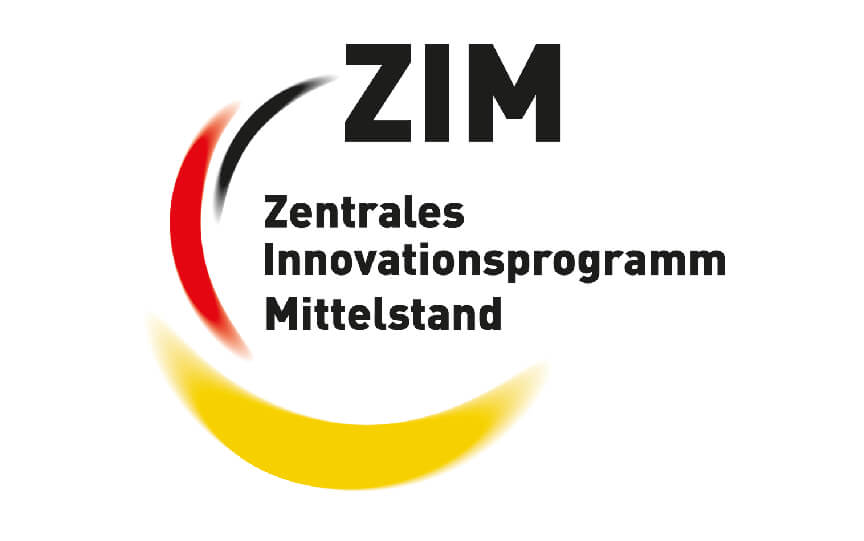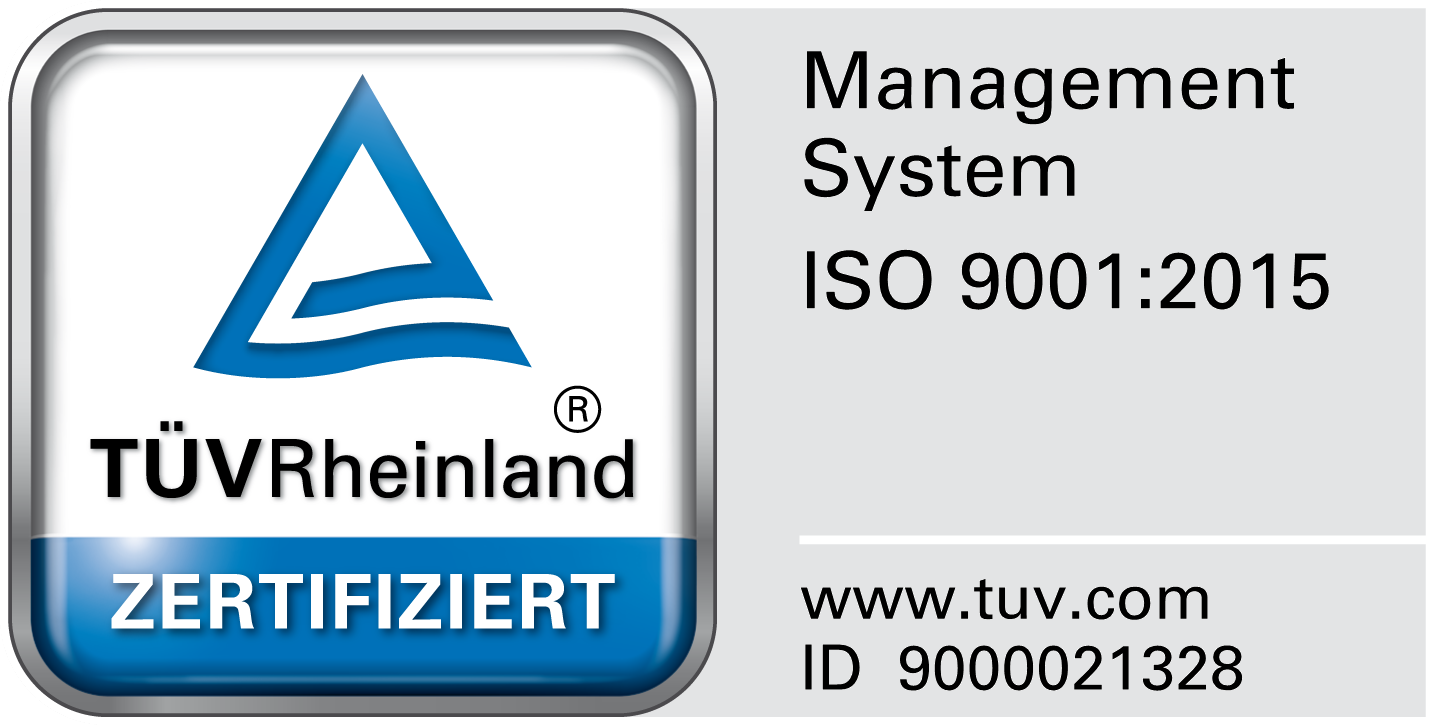Anti-aging skincare research is a major topic in the cosmetics and nutraceuticals industry. There is a huge market demand and competition globally to develop novel products and strategies that tackle causes and signs of skin aging. Scientists in industry and academia are studying the underlying key signalling pathways and mechanisms (e.g. cellular senescence, oxidative stress, DNA methylation, collagen synthesis, metalloproteinase activity) that impact the skin aging trajectory. However, in many cases, the development of novel effective anti-aging cosmetic products struggles, due to the paucity of clinically relevant skin aging models and the limitation this places on reliably predictive experimental test procedures.
To address this need, we have sought and won a prestigious grant from the German Federal Ministry for Economic Affairs and Energy to develop the first ever human ex vivo ‘accelerated skin aging’ model. The funding program, ZIM*, aims to boost the innovative capacity of SMEs by subsidizing in-house research projects that are judged highly innovative, are market-oriented and that entail a substantial technological risk.
“We strongly believe that this novel human skin aging model will provide a valuable, pre-clinical platform to understand the complex nature of skin aging” said Dr. Marta Bertolini, Principal Scientist, Monasterium Laboratory. She went on to say “the availability of such a model will help translate skin aging research into clinically relevant technologies for the cosmetics industry”.
Monasterium Laboratory’s in-house developed human skin ex vivo organ culture is already a clinically relevant state-of-the-art alternative skin model, with many advantages over engineered skin equivalents. To generate our human skin ex vivo model, skin tissue from donors undergoing surgery or facelifts is carefully processed and cultured intact in a defined culture environment. This well-established human skin ex vivo organ culture system has already been applied by us in limited skin aging research. However, over the funding period of 2.5 years, scientists at Monasterium Laboratory will further develop the model to better reflect the skin aging trajectory. They predict that a period of several years can be modelled in a few days, such that this novel pre-clinical model can be applied to test active agents and substances that have potential for anti-aging and rejuvenation effects in human skin. Furthermore, the skin aging model will benefit from the advantages of being cost-effective, animal-free, and thus will become the cosmetic industry’s most relevant test system for evaluation of innovative cosmeceuticals and nutraceuticals.
“We are very excited to start this project and our novel human skin aging model will accelerate more innovative ideas at the forefront of skin anti-aging research” said Prof. Tamás Bíró, Principal Consultant & Head, Innovation & Advanced Methodology Program, Monasterium Laboratory.
* Zentrales Innovationsprogramm Mittelstand, which means “Central Innovation Program for small and medium-sized enterprises (SMEs). This funding program aims to boost the innovative capacity of SMEs by subsidizing in-house research. Funded projects must be highly innovative, market-oriented and entail a substantial technological risk.


